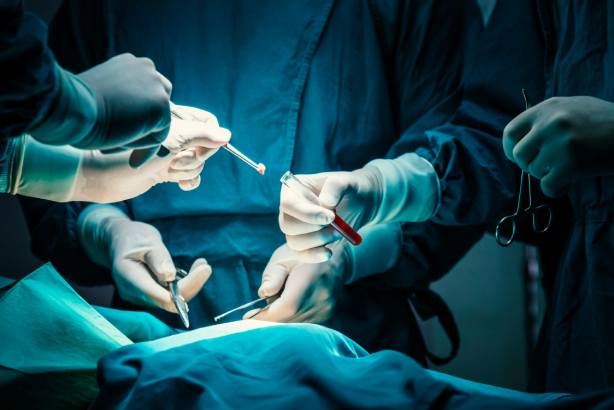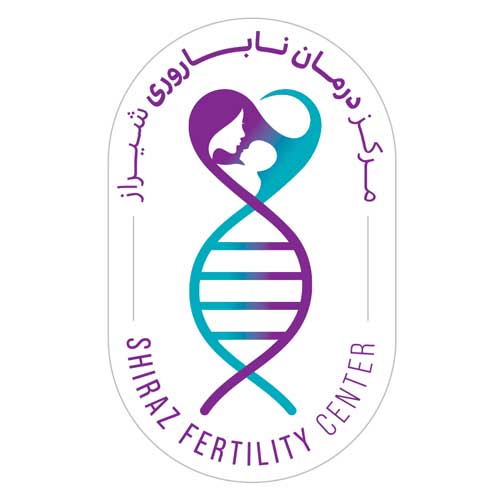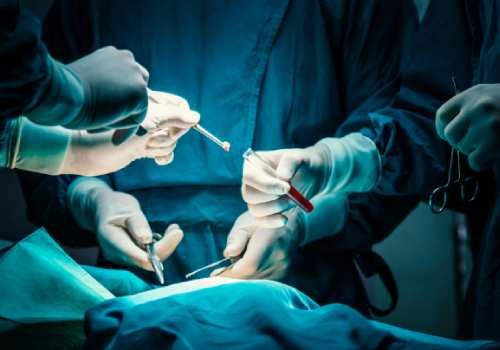
Male infertility immunology

Immunological factors in unexplained implantation failure and recurrent miscarriage

Blastomere biopsy
Blastomere biopsy (also known as embryo biopsy) is a technique involving the removal of one or two blastomeres at the 6-8 cell stage (cleavage stage) to perform preimplantation genetic testing. After fertilization, the fertilized egg (zygote) begins to divide. On the third day after IVF/ICSI, the embryo is at the 6-8 cell cleavage stage, and one or two cells can be removed for genetic testing.

The embryo is held in place using a holding pipette; the embryo wall is opened using a laser. A biopsy pipette is then inserted to remove a cell using negative pressure. The remaining embryo compensates for the removed cell and continues cell division after blastomere sampling.
Therefore, if performed correctly, there is no risk to the embryo. After blastomere removal, the developing embryo is returned to culture, and the removed cell is placed in a test tube or fixed on a slide for genetic testing. When blastocyst biopsy (day 5 and 6) is used, a sample is usually taken from the trophectoderm. In general, sampling from blastocyst stage embryo cells is preferred.

